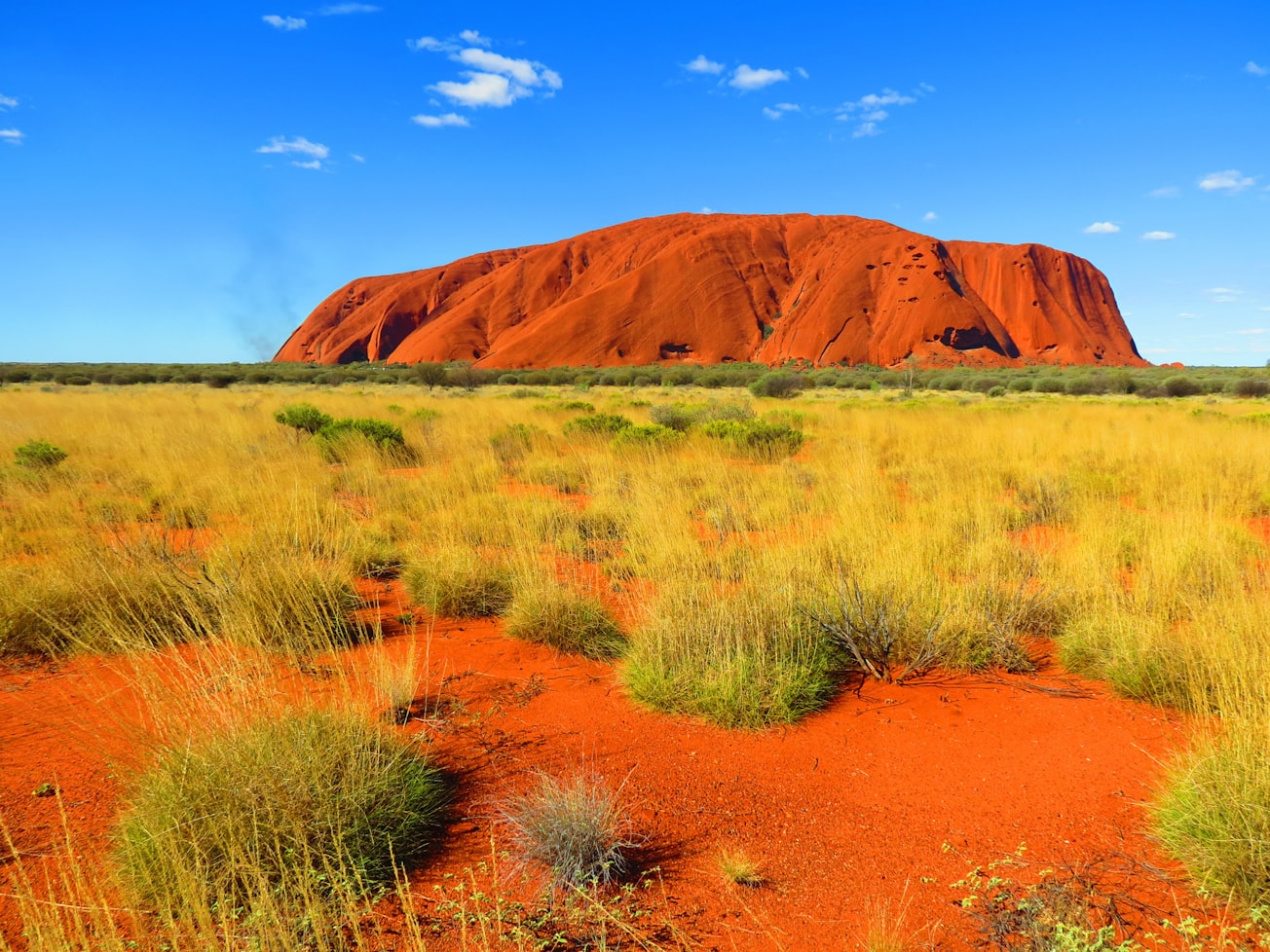What is it about?
The production of high aspect ratio cellulose nanofibres without resorting to very harsh mechanical and/or chemical processing steps remains a challenge that hinders progress in the fast-moving nanocellulose field. In response to this challenge, herein we report the preparation of high aspect ratio (>500) and small diameter (<8 nm) cellulose nanofibrils through the deconstruction of Australian native ‘spinifex’ grass (Triodia pungens) by applying very mild pulping conditions combined with only one pass of high pressure homogenization.
Featured Image

Photo by Meg Jerrard on Unsplash
Why is it important?
Spinifex grass has an unusually high hemicellulose content, which facilitates this easy fibrillation process.
Perspectives
Tensile measurements of the nanopaper produced by vacuum filtration indicated a high toughness of about 12 MJ m−3, a tensile strength of 82 MPa and a high elongation at break of 18%. The transverse elastic modulus of single nanofibrils analysed by AM-FM is in the range of 19–24 GPa. Under these mild processing conditions, Triodia pungens nanofibrils retained their crystallinity.
Dr Pratheep K Annamalai
University of Queensland
Read the Original
This page is a summary of: Easily deconstructed, high aspect ratio cellulose nanofibres from Triodia pungens; an abundant grass of Australia's arid zone, RSC Advances, January 2015, Royal Society of Chemistry,
DOI: 10.1039/c5ra02936h.
You can read the full text:
Contributors
The following have contributed to this page







